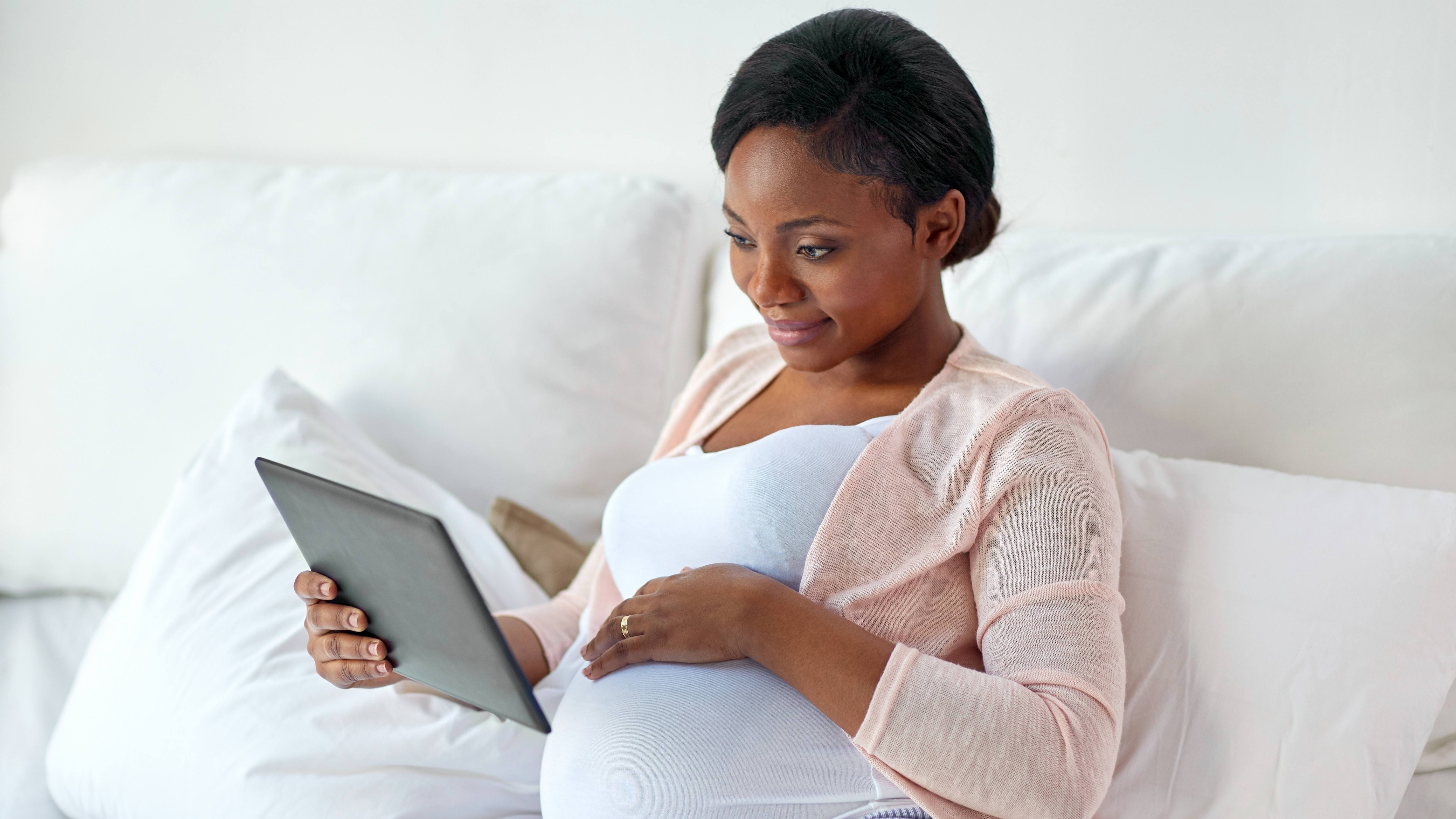-
Featured News
Women’s Wellness: Wondering if a planned home birth is right for you?
 If you're considering a planned home birth, you probably have questions. Is it safe? Will you need a midwife or doula? How do you create a backup plan? Find out what's involved and how to decide if this birthing method is right for you.
If you're considering a planned home birth, you probably have questions. Is it safe? Will you need a midwife or doula? How do you create a backup plan? Find out what's involved and how to decide if this birthing method is right for you.
Why do women choose planned home births?
If you deliver at home, labor management might differ from what you experience in a hospital setting. During labor at home, your health care provider will periodically — rather than continuously — monitor your temperature, pulse, blood pressure and your baby's heart rate.
You might choose a planned home birth for many reasons, including:
- A desire to give birth without medical intervention, such as pain medication, labor augmentation, labor induction or fetal heart rate monitoring
- A desire to give birth in a comfortable, familiar place surrounded by family
- Dissatisfaction with hospital care
- A desire for freedom and control in the birthing process
- Cultural or religious concerns
- A lack of access to transportation
- Lower cost
Are there situations when a planned home birth isn't recommended?
The American College of Obstetricians and Gynecologists cautions against a planned home birth if:
- You are pregnant with multiples
- Your baby doesn't settle into a position that allows for a headfirst delivery
- You've previously had a C-section
What might cause the need for a hospital transfer?
During a planned home birth, you might need to be transported to a hospital for monitoring or treatment if complications develop. Your health care provider might recommend transfer to a hospital if:
- Labor isn't progressing
- Your baby shows signs of distress
- Your baby presents in a position other than headfirst
- You need pain relief
- You have high blood pressure
- You experience bleeding
What are the possible risks of a planned home birth?
While most pregnant women who choose to have planned home births deliver without complications, research suggests that planned home births are associated with a higher risk of infant death and seizures than are planned hospital births.
There are several factors that might reduce the risks of these complications, including having:
- Assistance from a certified nurse-midwife
- Access to a practicing obstetric doctor
- A plan for emergency transport to the nearest hospital
How do I prepare for a home birth?
You can prepare for a planned home birth by:
- Choosing trained health care providers to assist.
Choose a certified nurse-midwife, a certified midwife, a midwife whose education meets specific standards or a health care provider practicing obstetrics within an integrated and regulated health system. Make sure he or she has access to consultation with doctors or specialists at a collaborating hospital. If you're interested in additional support, consider hiring a professional labor assistant (doula). The American Academy of Pediatrics recommends having present at least one trained person whose primary responsibility is caring for your newborn. - Creating a birth plan.
Will you use any specific methods to cope with pain? Do you want to labor in a tub? Will you breast-feed your baby immediately after delivery? Discuss your birthing plan with your health care provider and ask about supplies you'll need, such as protective coverings for your floor or mattress. - Preparing for a hospital transfer.
Discuss with your health care provider the signs and symptoms that might necessitate going to a hospital and how a transfer will affect your birthing plan. Ideally, your home or other planned birth location is within 15 minutes of a hospital with 24-hour maternity care. Make sure you have access to transportation. Ask your health care provider to make arrangements with a nearby hospital to ensure that you can be promptly transferred and treated, if necessary.
Hospitals or certified birth centers are the safest settings for delivery. However, you have the right to make an informed decision about where you prefer to deliver. Keep in mind that life-threatening problems can occur during labor and delivery without warning. In those cases, the need to transfer you and your baby to a hospital could delay care, which could put your lives at risk. Understand the risks and benefits of a home birth before you make a decision about where to deliver.
This article is written by Mayo Clinic staff. Find more health and medical information on mayoclinic.org.
Related Articles







